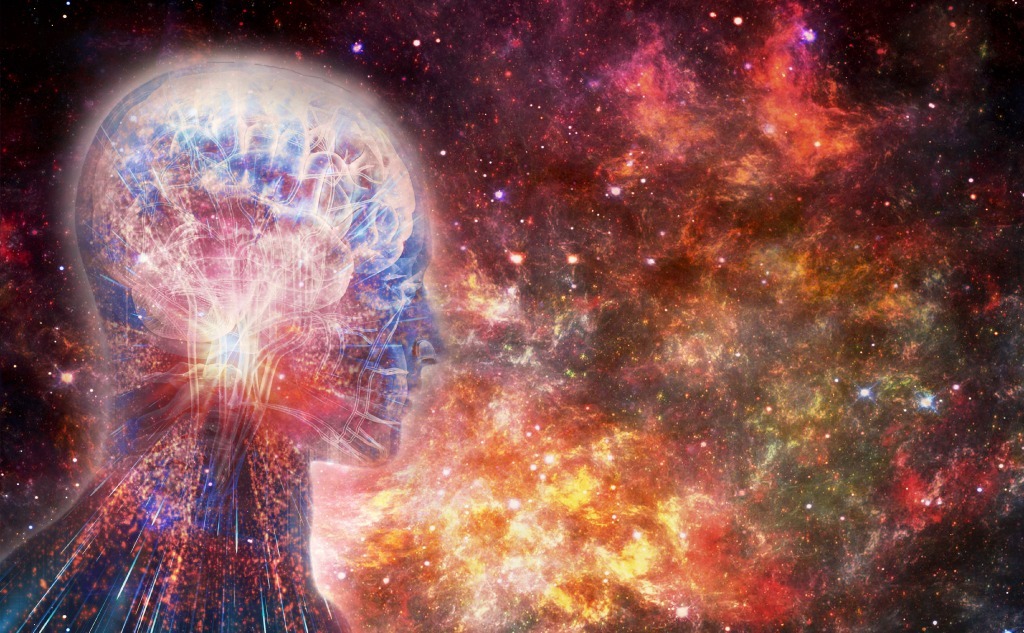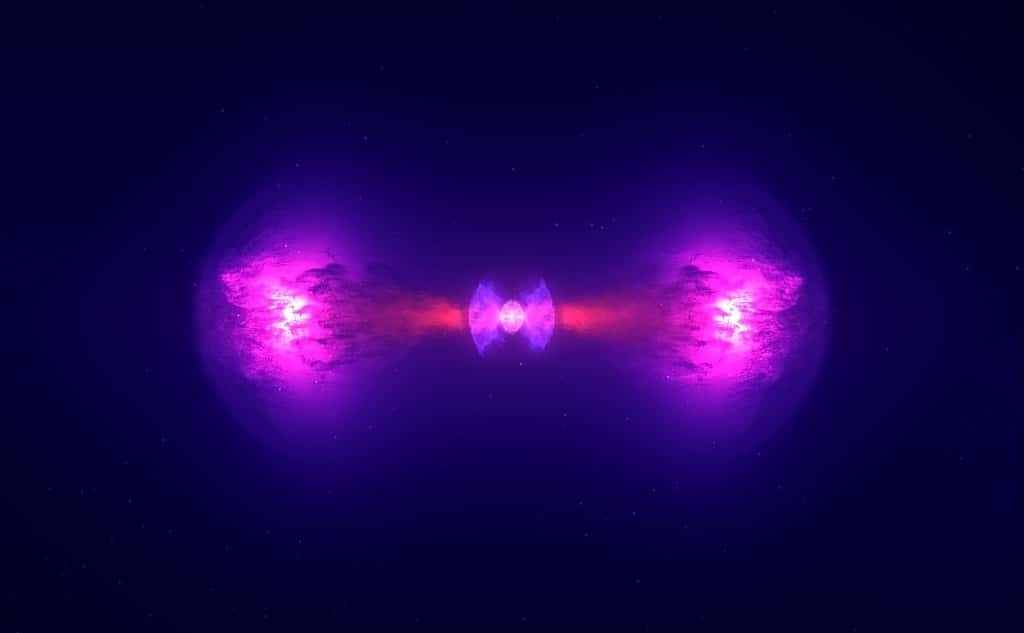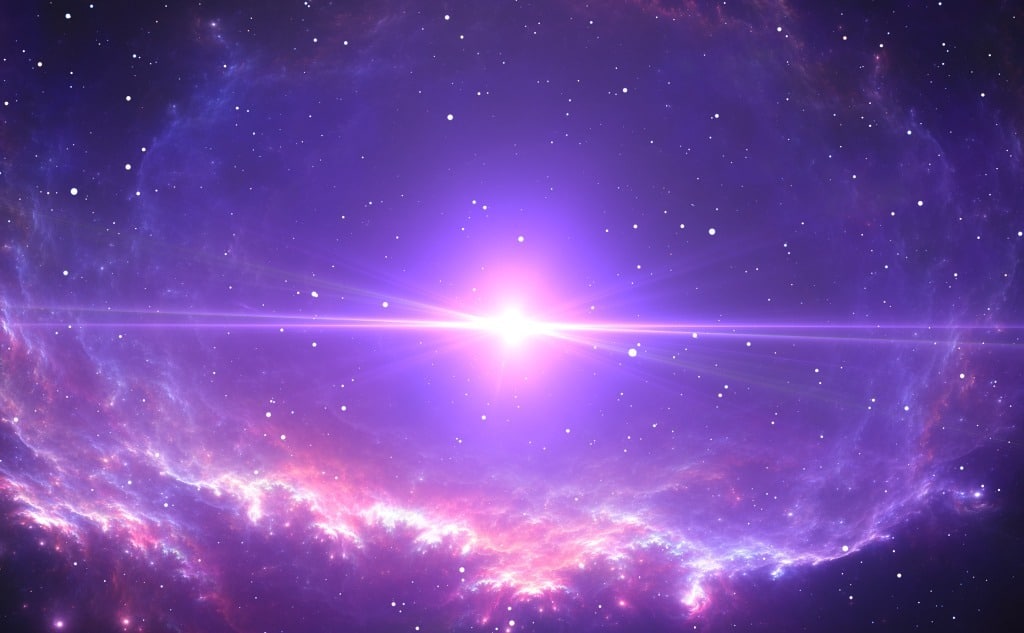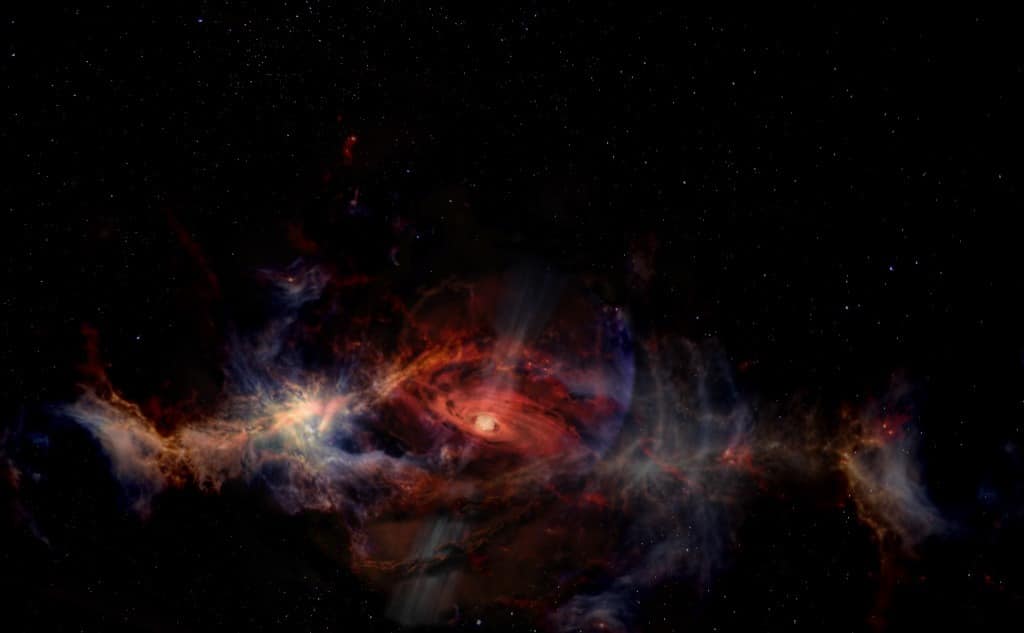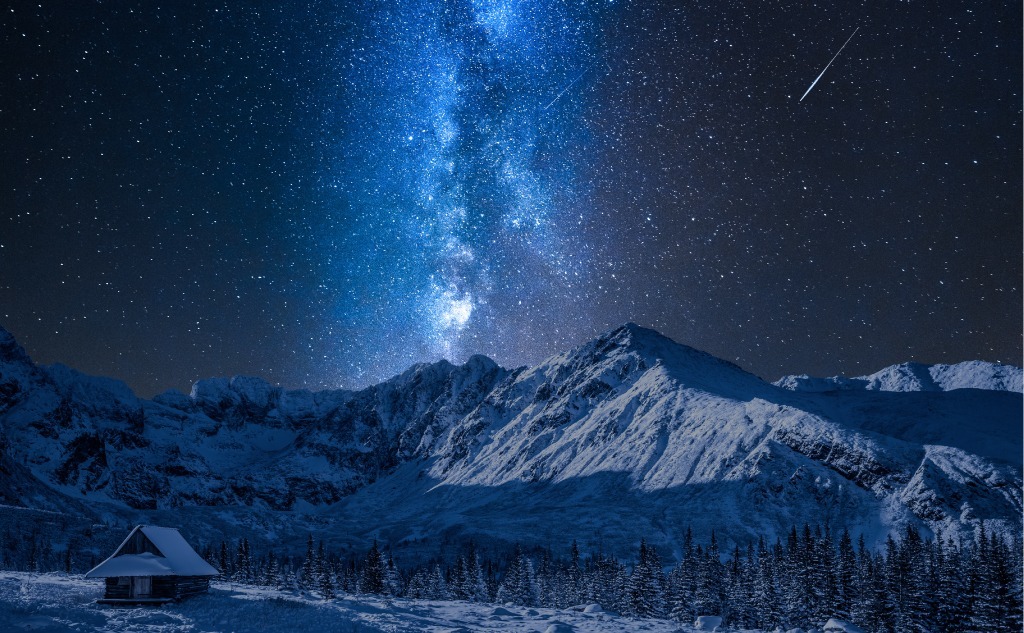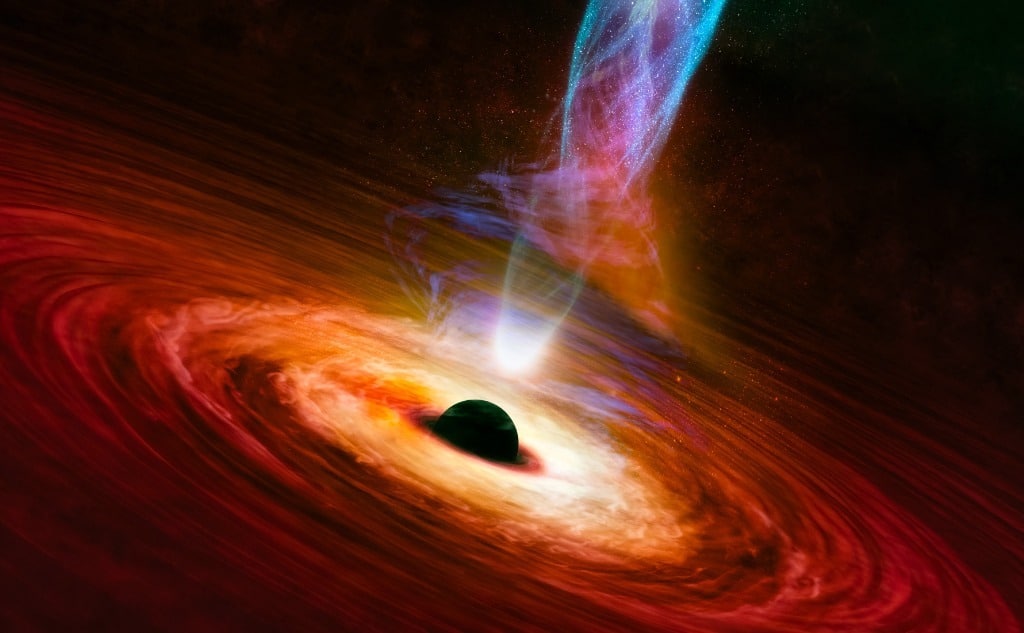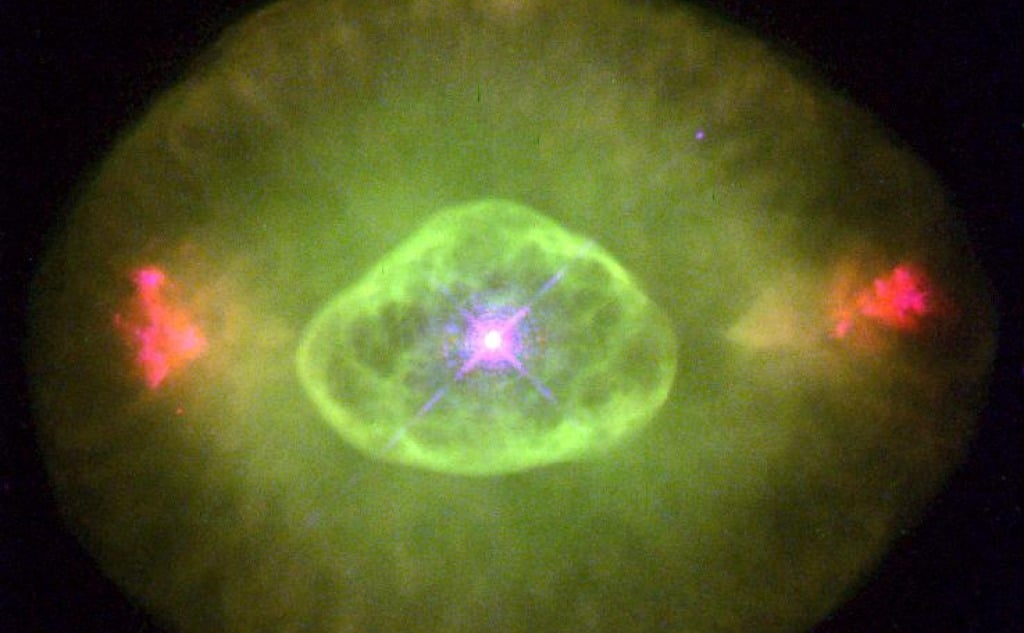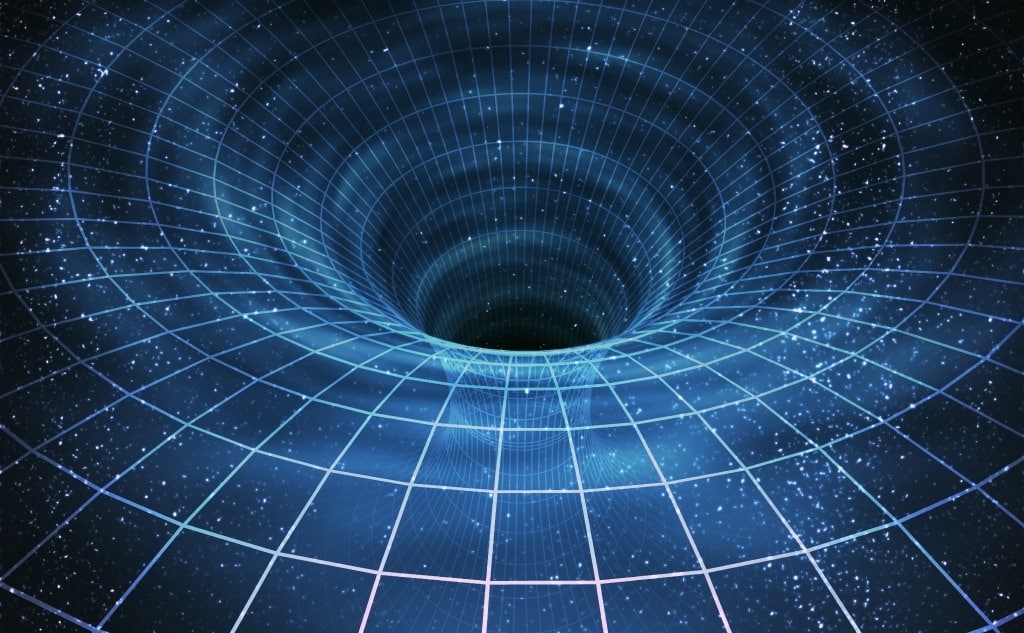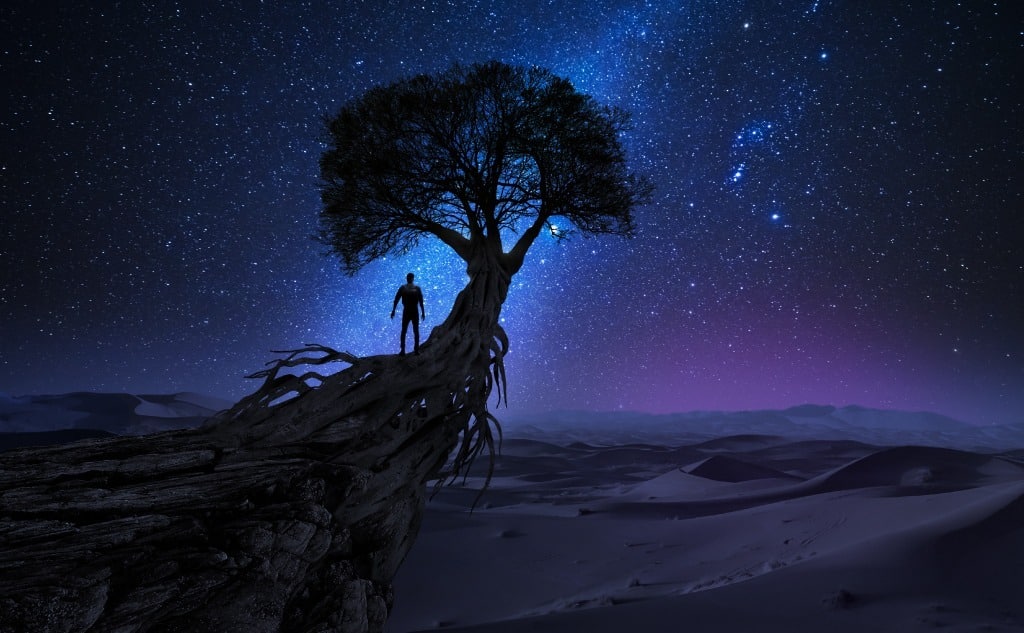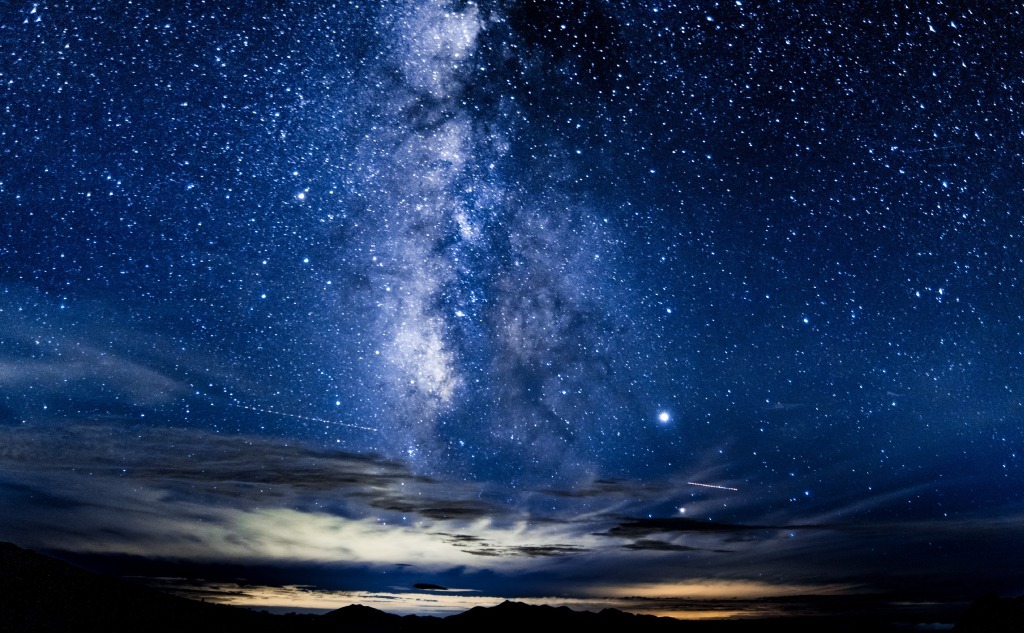Here are 5 reasons to enjoy the great outdoors. From nebulae to connectivity to the big whole. Learn 5 reasons why you should enjoy the great outdoors. Keep reading! Why to Enjoy the Great Outdoors Especially during summers, I am rarely found in city limits. In fact, being disconnected, or “off the grid,” if you wish, is among my favorite pastimes. But, as I stood in pure darkness during Saturday’s final hours, admiring the Milky Way jutting up from the Rocky Mountains, I began thinking. Without further ado, here are my five reasons to enjoy the great outdoors. Quick Disclaimer First of all, I should point out some important factors: While I do camp, I most often do not “rough it.” Instead, I abuse the luxuries of a distant but comfortable cabin situation. I live full-time in a large US city, but my most frequented nature site lies far beyond city limits. Based on radiance and light pollution data from lightpollutionmap.com, my nature site is 0.1% of my house’s light pollution. In other words, I enjoy truly dark skies. Therefore, I merely want to point out that I have easy access to completely dark skies. Furthermore, I do not believe one needs to go all survivalist and eat bugs and berries to fully enjoy nature. No, simply getting away from skyscrapers and streetlights will work wonders. #1 Nebulae Exiting the concrete and artificial light jungle isn’t simply cathartic for one’s mind and soul. Rather, it also reveals an entirely next-level canvas of light otherwise obscured from human eyes. Firstly, distant and dim stars reveal themselves in rural regions. In fact, city skies pale in comparison by factors of hundreds, if not thousands, to those of dark, rural areas. Then, suddenly, amateur telescope targets become visible with only the eye. For instance, easily among the top 10 objects of backyard astronomers, Orion is a treasure trove of celestial objects. However, spotting the infamous Great Nebula in Orion under dark skies is accomplished by locating the mythological hunter’s belt. Now, directly under the belt, a prominent smudge readily appears. In fact, the above image clearly reveals such wonders. All though, like all distant cosmic wonders, objects remain faint and colorless. Picture from Hubble and other billion-dollar optics will never be achieved by the common astronomer. #2 Stars Gazing up at city night skies returns a black canvas with stars speckled about. But, underneath truly dark skies, thousands of stars emerge. In fact, stepping outside and looking up can even be slightly jarring in rural zones. All of a sudden, hundreds of stars now appear. Actually, this sensation closely resembles the initial 10 seconds of a planetarium show. Not to mention, should you dabble in night photography at all, you now have visual access to legions of previously unseen stars. #3 Milky Way From grade school on, most of us see pictures of our own Milky Way galaxy. Swirling spiral arms host billions of stars. However, many of us don’t know that simply stepping out of the city reveals our galaxy. Indeed, dark country skies reveal the Milky Way’s majestic arm, spanning north to south. Best of all, no camera or equipment is necessary. Instead, human eyes clearly see a magical faint cosmic dust, like a heavenly arch soaring across our skies. #4 Simplicity Our lives are governed by arguably unimportant things. Indeed, Netflix, paychecks, schedules, and the like play significant roles in our every day. However, in the grand scheme, these things are completely unnecessary to life. Sure, I’m as guilty as the next guy or gal and truly exploit all said amenities. But, outdoors, an entirely different experience awaits us. For instance, prior to outdoor excursions, I handwrite objects I most want to view. Finally, when beyond the internet’s grasp, I wait to observe. Even if I wanted to, I could not speed up nature’s clock. After all, our universe has no DVR function. Simply put, I have no choice but to wait for our Sun to set, use a compass or map to navigate my sky, and manually seek my desired targets. Overall, this teaches me true patience. Plus, it reaffirms that I do not call the shots. Instead, our universe tells me when, where and how I am able to enjoy her beauty. In fact, it’s almost as though I am following the universe’s orders and must obey them. Otherwise, I will not see what I wish to see. #5 Connectivity If you read above (see #4), you understand that our universe dictates how we perceive her. However, perhaps my favorite part of this is that I am not merely a subordinate obeying her laws. Instead, I am part of her process. As I’ve said, we humans will always strive to understand the universe we live in. As a result, we pine over learning about the cosmos via our eyes and sight. Therefore, we wait for darkness to fall, prepare and seek optical targets to achieve such learning. But, we must wait for our home star, the Sun, to set. Then, we must know when, where and why we wish to observe. Finally, we enjoy the satisfaction of taking in these learnings, often for mere seconds. These are all cycles of our universe. Whether distant or relatively near, we follow the universe’s patterns to witness these events. And, we follow these patterns to know more about the universe, which ultimately tells us more about ourselves. You see, we are part of the patterns. Rises, sets, appearances, disappearances, we all share them. Therefore, observing them and experiencing them automatically bakes us into the whole process. Ultimately, this process binds everything we know together. For instance, while taking photos, deer were using the same darkness to feed on plant life near our cabin. In a sense, I shared the same timeline to achieve my own goals as the deer. In fact, we both saw the same sky, only under slightly different contexts. Truly, this experience is magnified by hundreds under dark skies. After all, could I …
Read more

